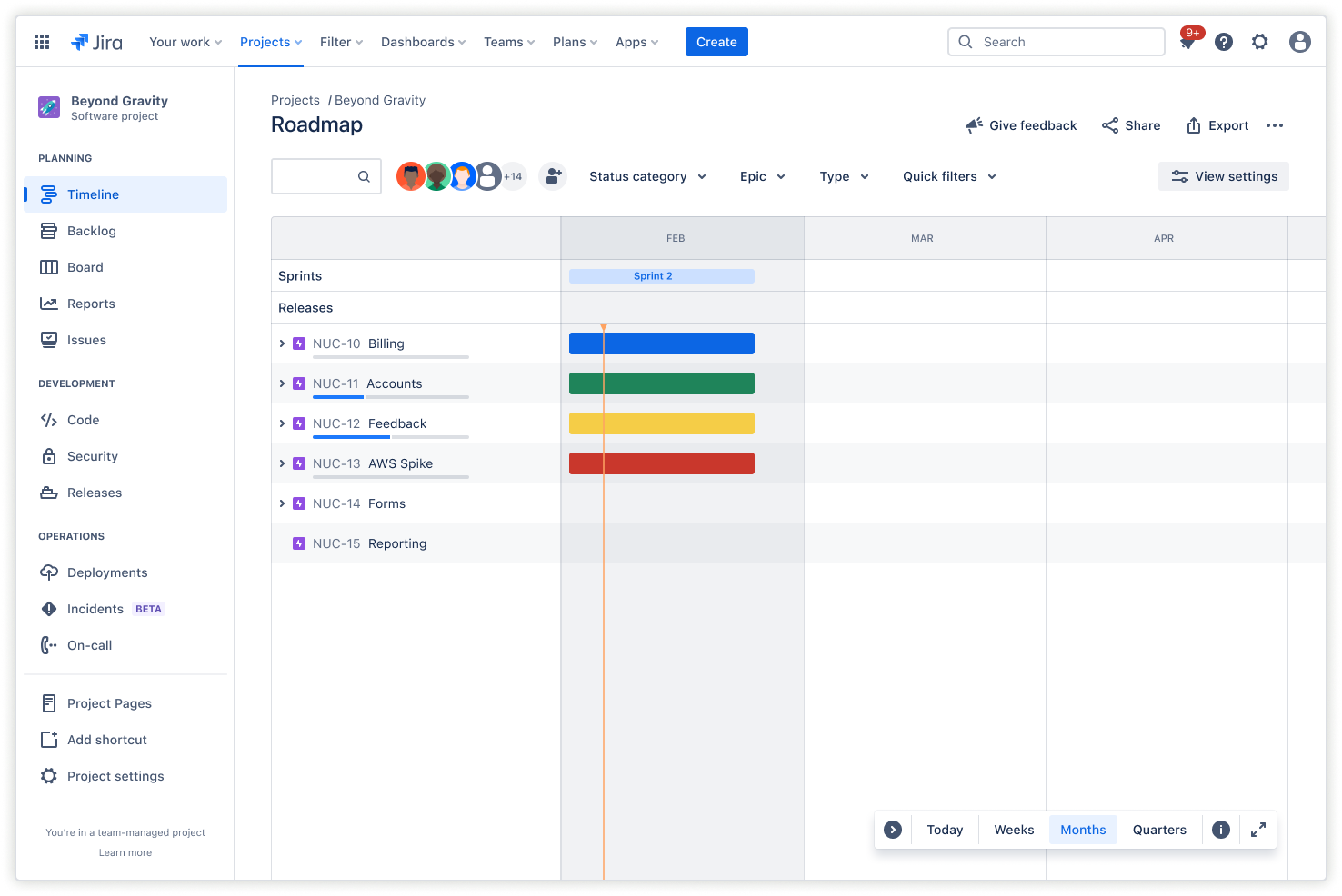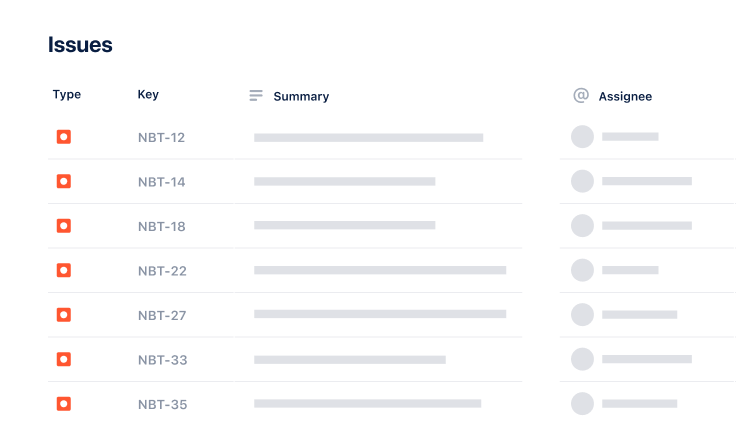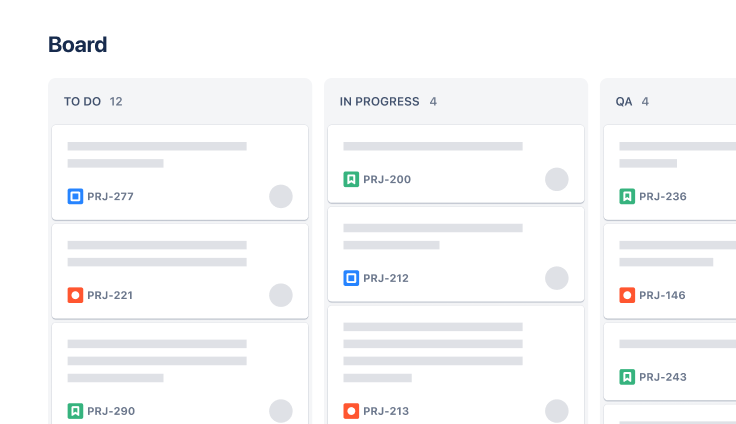Issue tracker template
Jira's issue tracker template is an essential tool that helps project managers break down large tasks into manageable ones for more efficient workflows.
best for
Project management
Operations
key features
Task planning
Prioritization
Pipeline management
What is an issue tracker template?
Log spreadsheet
The issue tracking template includes a log spreadsheet to record and organize various issues. It’s a straightforward way to keep track of problems, their status, and resolutions to ensure you don't overlook anything.
A well-maintained log spreadsheet offers a real-time view of the health of your tasks. It's not just a list but a dynamic tool that can provide alerts, reminders, and reports. Teams can customize their log spreadsheets with filters and tags to make navigating issues more manageable. This ensures teams are always aware of the status of their project's most critical elements.
Customizable document
An issue tracking template isn't a static document; it's customizable to fit the unique requirements of your project. You can tailor it to suit your team's workflow, project specifics, and the nature of the issues you're tracking.
It can grow and change as your project does, from a simple task list on day one to a comprehensive outline of tasks, dependencies, and reports as your project matures. This adaptability is particularly useful if you're utilizing methodologies such as a Kanban board to visualize project management workflows.
What does the issue tracker template include?
Issue details
Every issue you enter into the issue tracking template includes a detailed description. This ensures all team members understand the problem's context and can contribute effectively to its resolution. This is similar to creating an issue log, where details are paramount for resolution.
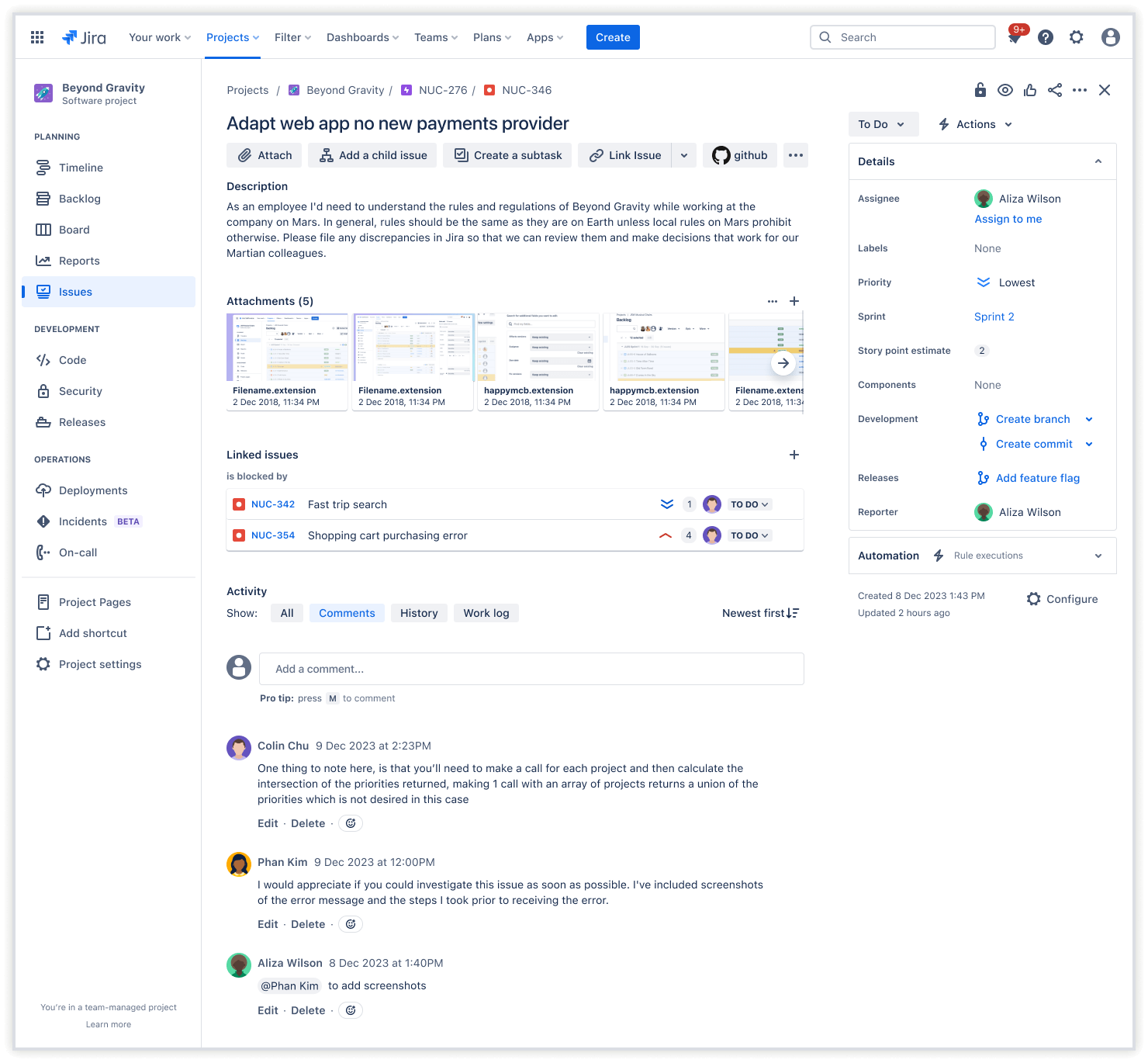
Pre-configured reports
The issue tracking template features pre-configured reports that help teams identify trends and predict future performance. These insights are critical for staying ahead of potential problems and ensuring your team's continued success.
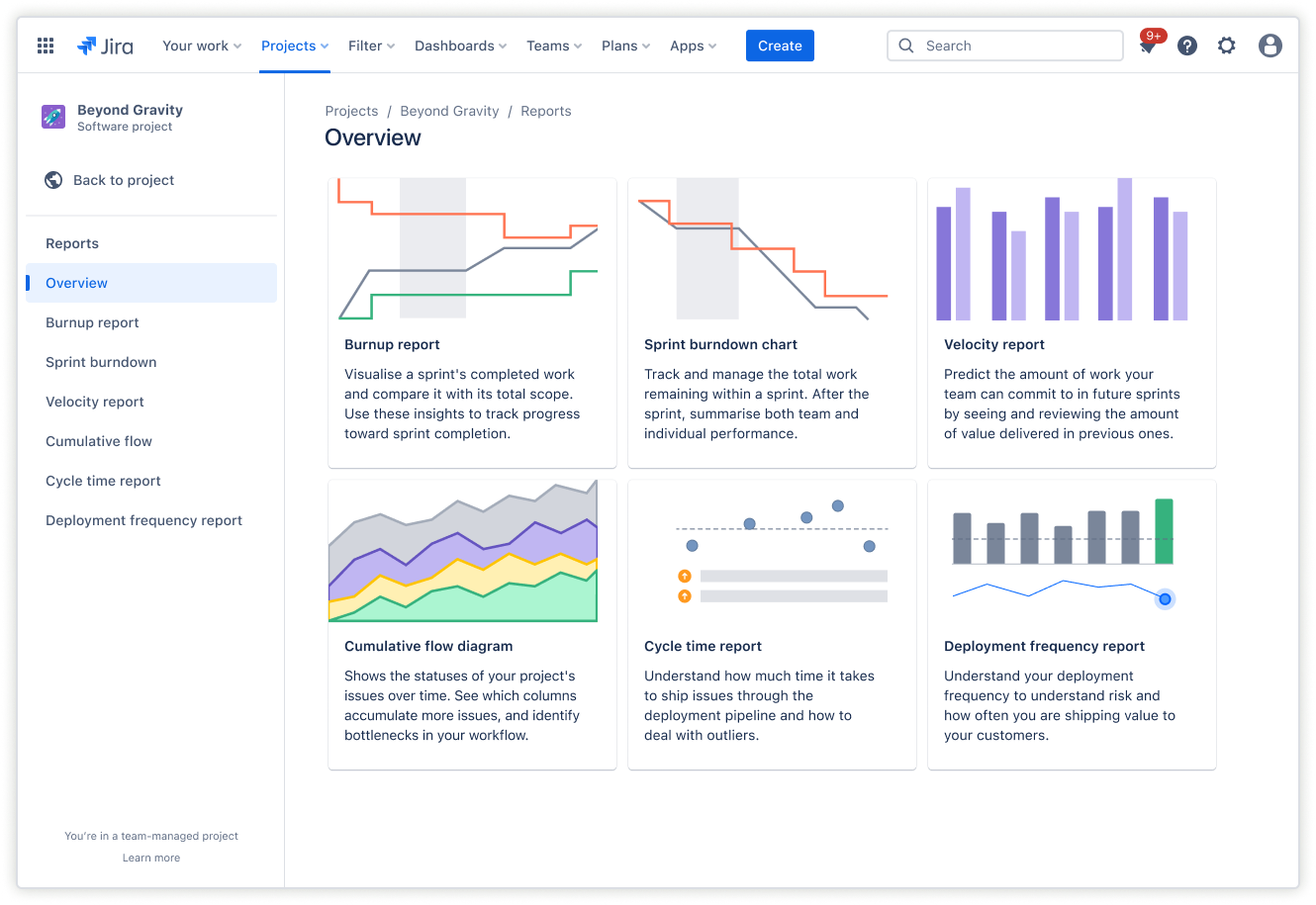
Insights
Key project information is always at your fingertips with this template. Understand the project scope, timeline, and responsibilities at a glance. This level of detail and organization is essential when creating an issue tracker that effectively supports your team's efforts.
The right issue tracker provides visibility into the health of your project, resource allocation, and potential bottlenecks. It's not just about knowing what needs to be done but having the foresight to plan for the unexpected and keep your project on track.
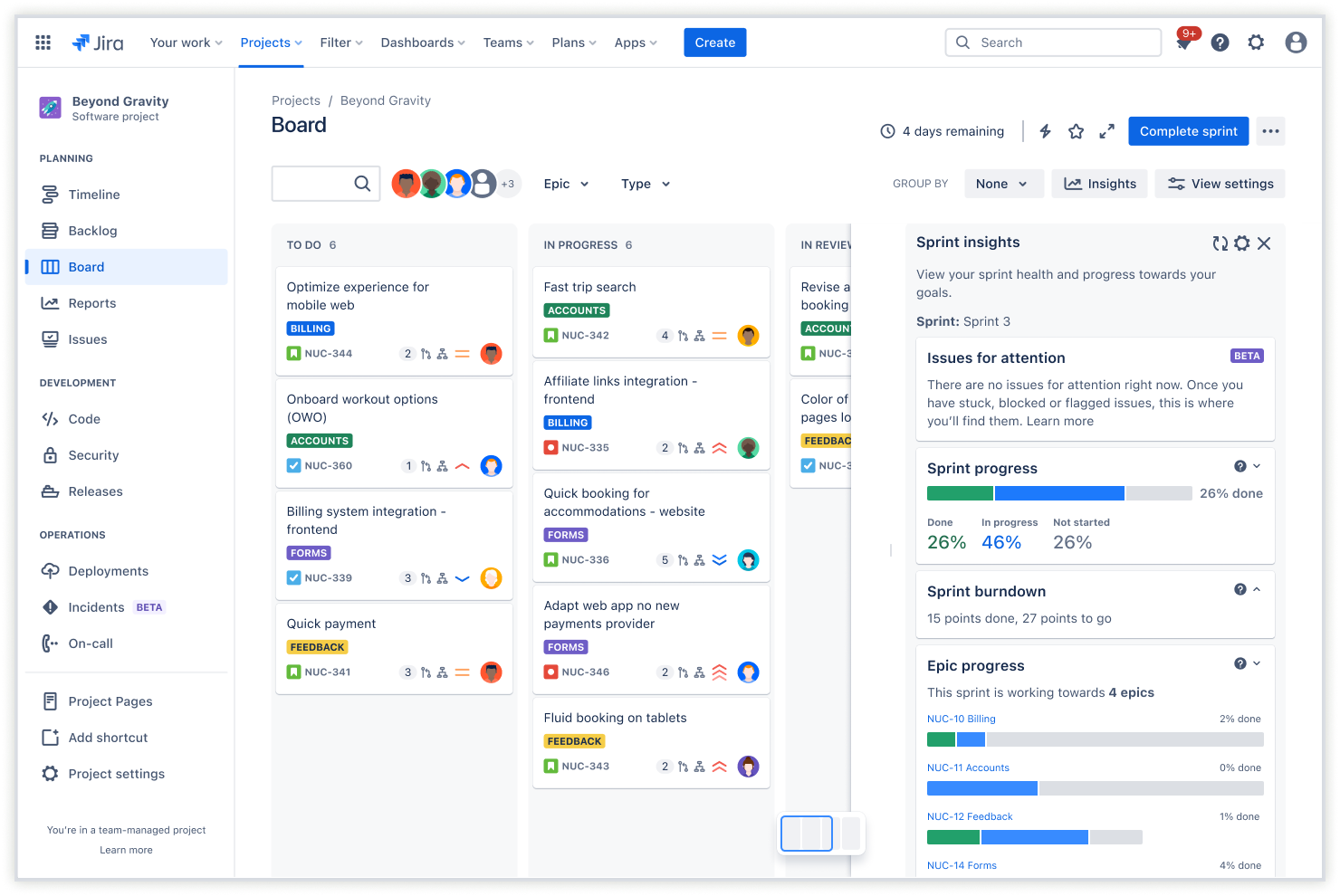
Timeline view
A timeline view is instrumental in helping teams visualize the chronology of issues. It also helps them understand the impact on project progress and plan accordingly. This view is a visual aid and strategic tool that assists in managing and prioritizing tasks effectively. It also provides a clear, chronological perspective, essential for tracking dependencies and anticipating potential bottlenecks in your project.
